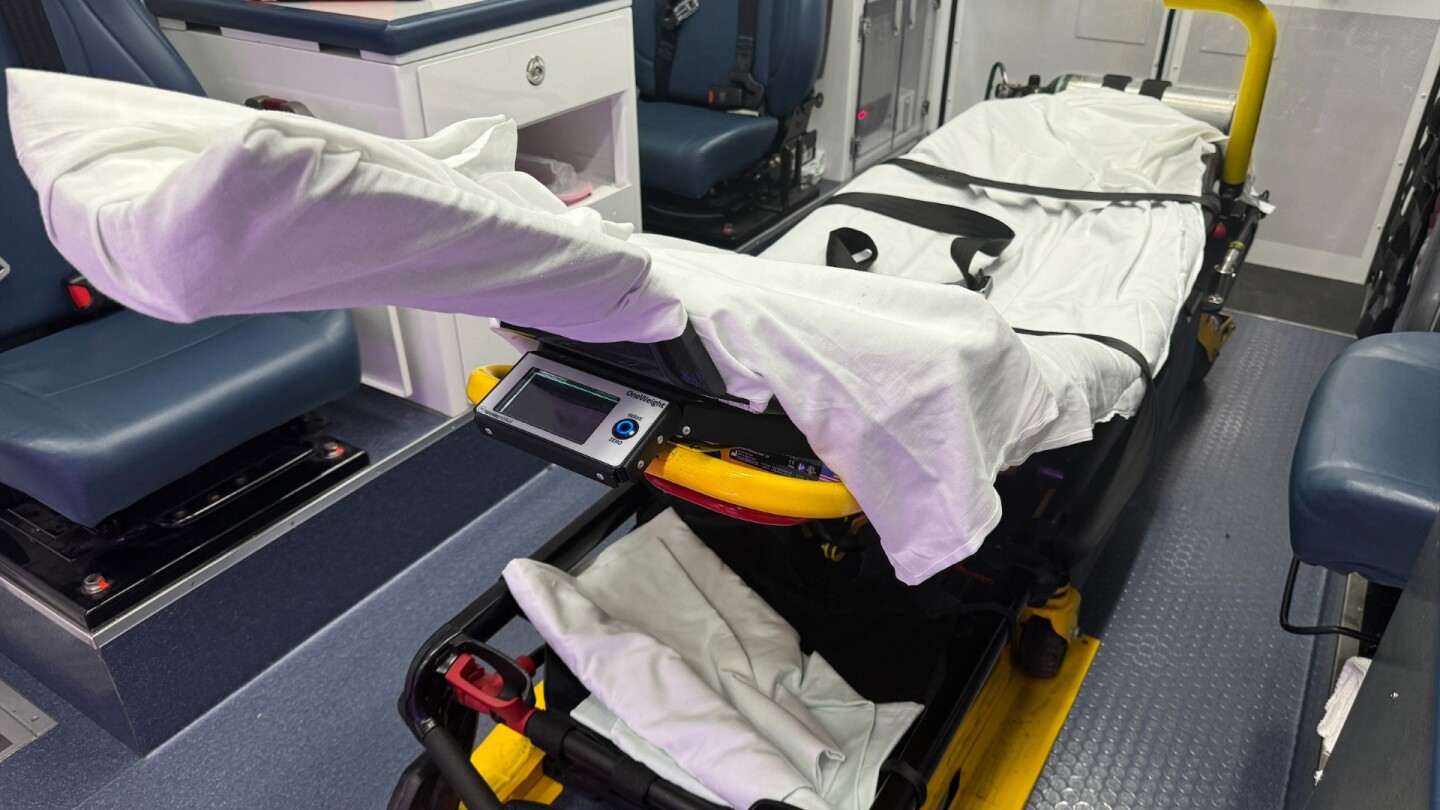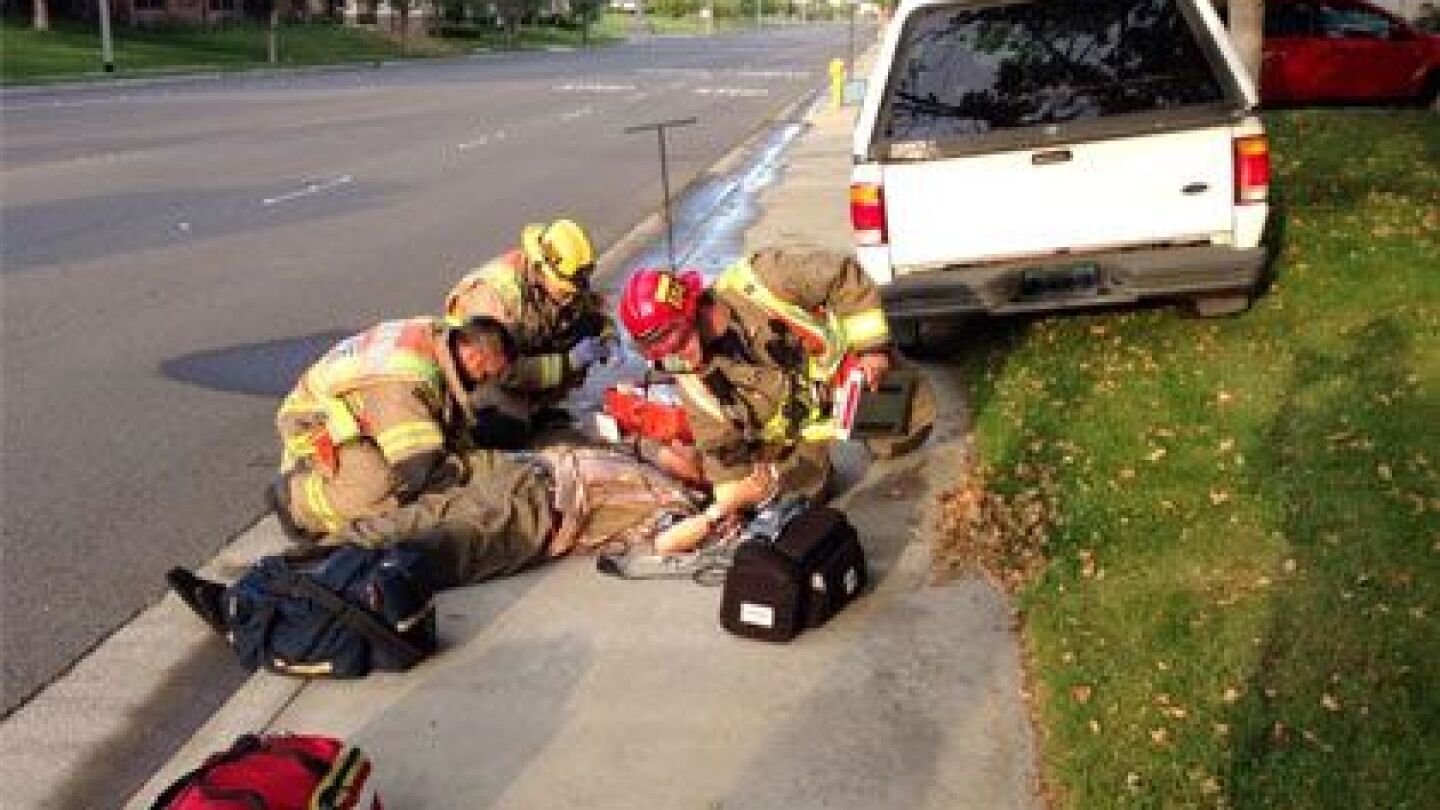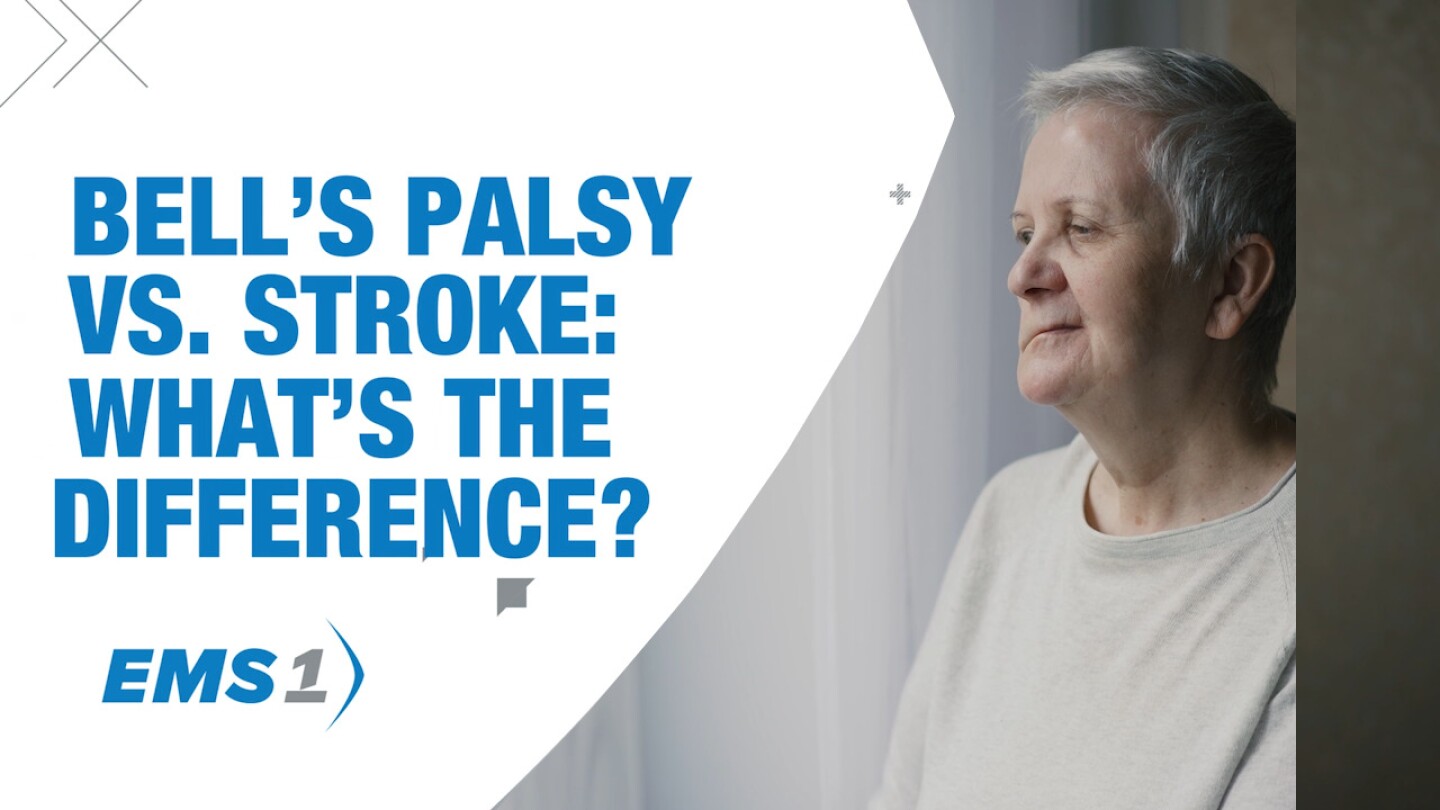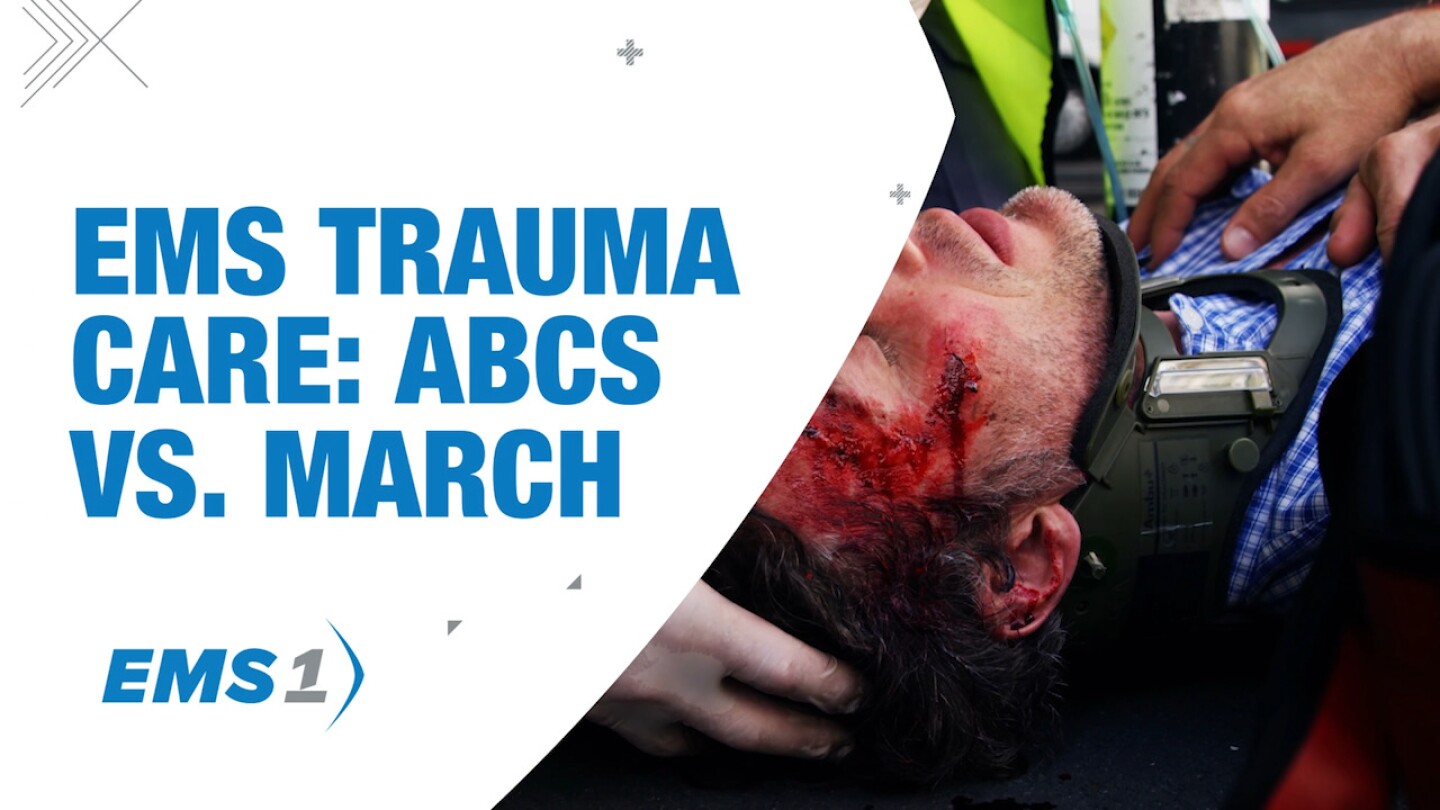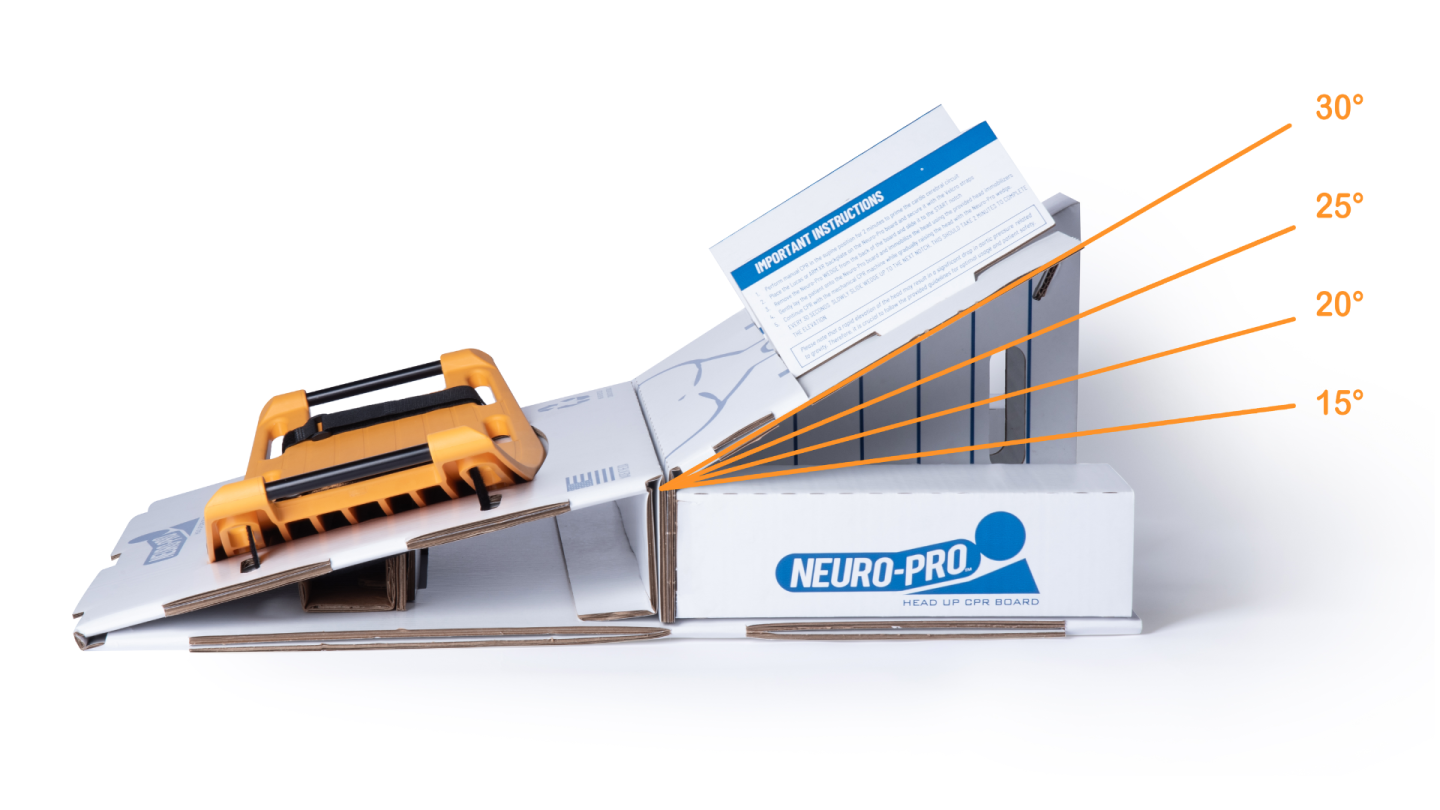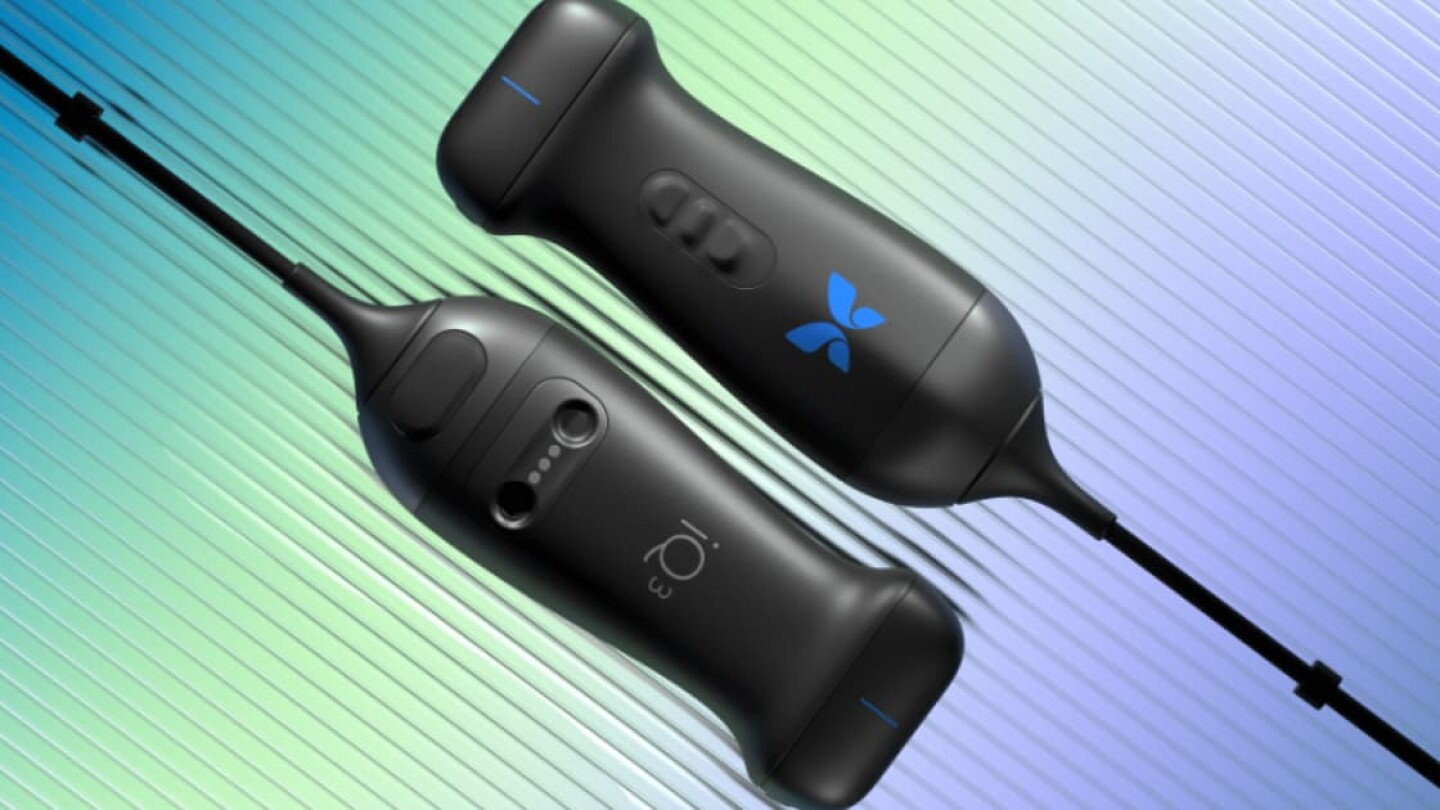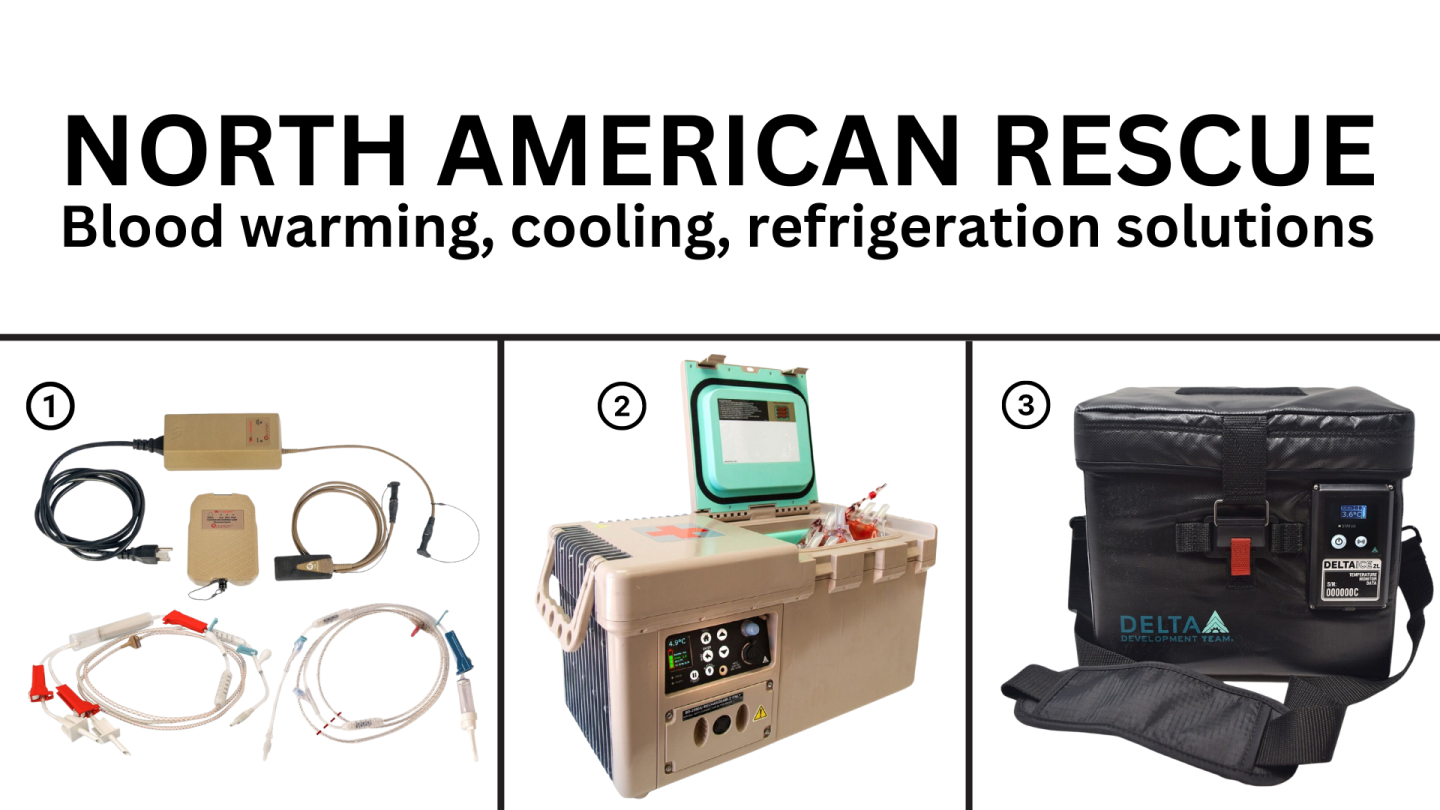Clinical
Access our directory of clinical articles in EMS, which offers in-depth information on patient assessment, treatment protocols, and emerging medical practices. This collection covers various clinical topics essential for EMS professionals, from advanced pharmacology to trauma management. Staying up-to-date with clinical knowledge is vital for delivering high-quality patient care. For additional resources, explore our section on Medical Research. Enhance your clinical expertise with our expert-driven content.
To make an effective splint, focus on the craft rather than focusing on the device
Make your patient feel less like a sack of potatoes with these tips from Steve Whitehead
Warning signs and a checklist for evaluating patients after a lift assist
Be thorough, timely and proofread your PCRs to ensure your treatments and professionalism won’t be called into question
Steve has a couple of important tips for that ST elevated patient
OneWeight is the first patient scale specifically designed for use with ambulance gurneys
In patients with UGI tract hemorrhage, initiate early transport and, if the patient needs to be supine, use a lateral position to decrease the risk of aspiration
Mechanisms, roles and potential risk: What medics need to know about beta blockers
All EMS providers can still learn something about patient care and pain management from their mother
Register now for NHTSA Office of EMS webinar for latest updates on Mpox and its impact on EMS operations
When assessing and treating patients in a cold environment, do these simple things to help prevent heat loss and improve heat retention
Everything from outdated strips to poor timing can lead to wrong glucose measurements, but here’s how to reduce errors
Clinical, operational and legal solutions for high utilizers of the 911 system
What EMS needs to know about treating suicide attempts
In EMS there isn’t anything more frustrating than a screaming, punching or spitting person with acute alcohol intoxication
Keep the following tips in mind when you encounter a patient who has had too much to drink
When the conditions are ripe, the distinction between intoxication and a diabetic emergency can easily be blurred
Here’s a breakdown of differences in Bell’s palsy and stroke symptoms and prehospital care differences
This advanced life support framework can help improve your trauma care
Invented by a 30-year firefighter/paramedic, the CPR board uses gravity to improve blood flow to the brain and heart
The Butterfly iQ+, EchoNous’ KOSMOS, and GE HealthCare’s Vscan Air will be on display for conference attendees
View live demonstrations at the North American Rescue booth #2317 during the conference
Identifying significant GI problems and providing initial care may help improve the chances of recovery for patients who experience true GI emergencies
Does bolus dose epinephrine or phenylephrine have a role in the prehospital environment?
Use these assessment tips and terms to localize pain and guide your treatment plan
You respond for a call for a 34-year-old that woke up with abdominal pain; did you get the diagnosis right?
Follow these EMS tips to measure mean arterial pressure, monitor sepsis, rule out DKA and ensure high-quality CPR
Consider the potential diabetic diseases processes when assessing and managing any patient with altered mental status
Be prepared for the unique challenges of law enforcement officers wounded on the job
Know the risk factors and how to implement a screening tool during patient transports
Steve Whitehead shows you how to use the device that simplifies those difficult breaks and dislocations
Learn about two of the most common NMBAs used in EMS and how each impact intubation decisions during advanced airway management
Exploring a new application for capnography in the prehospital setting






